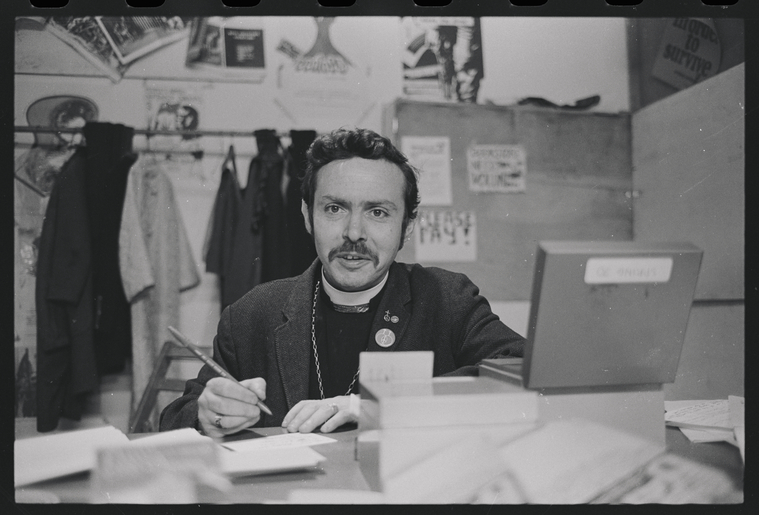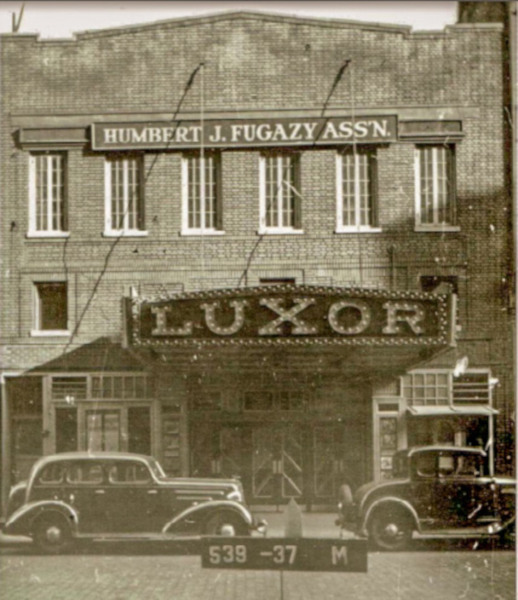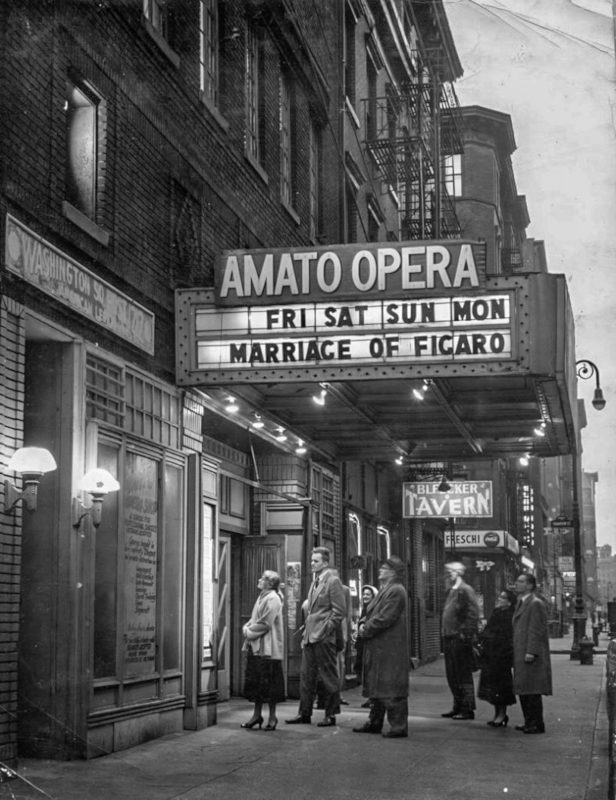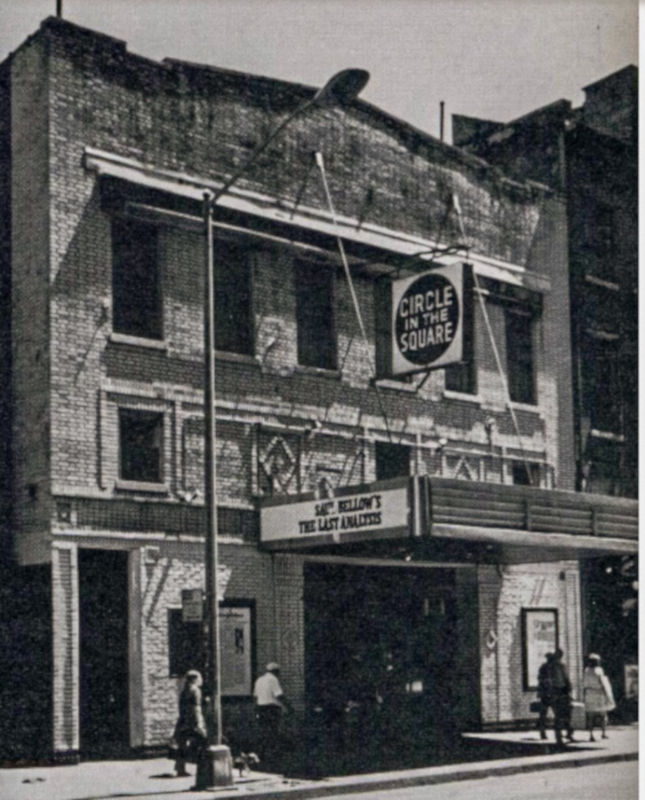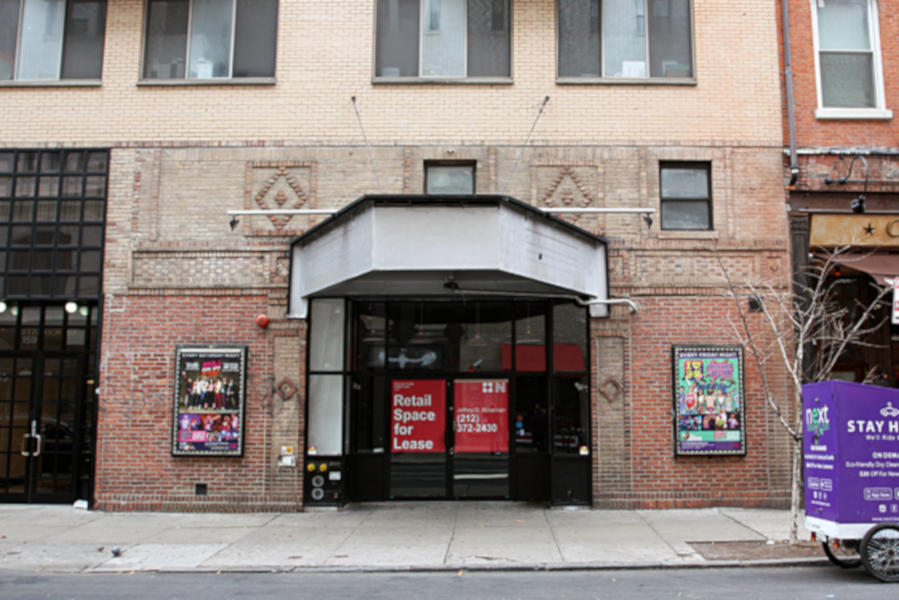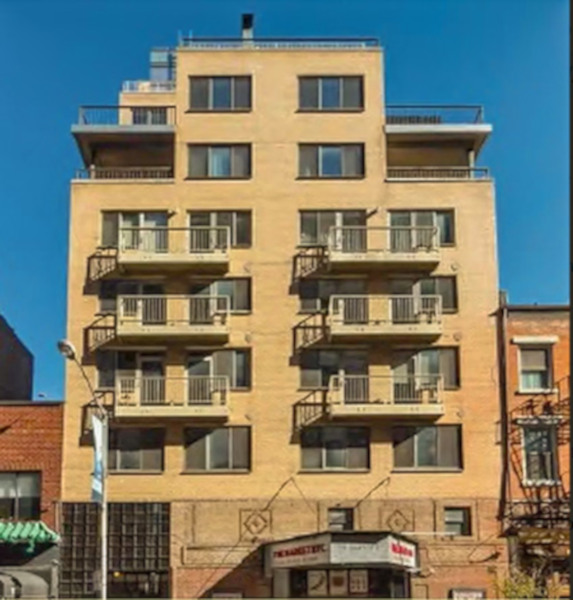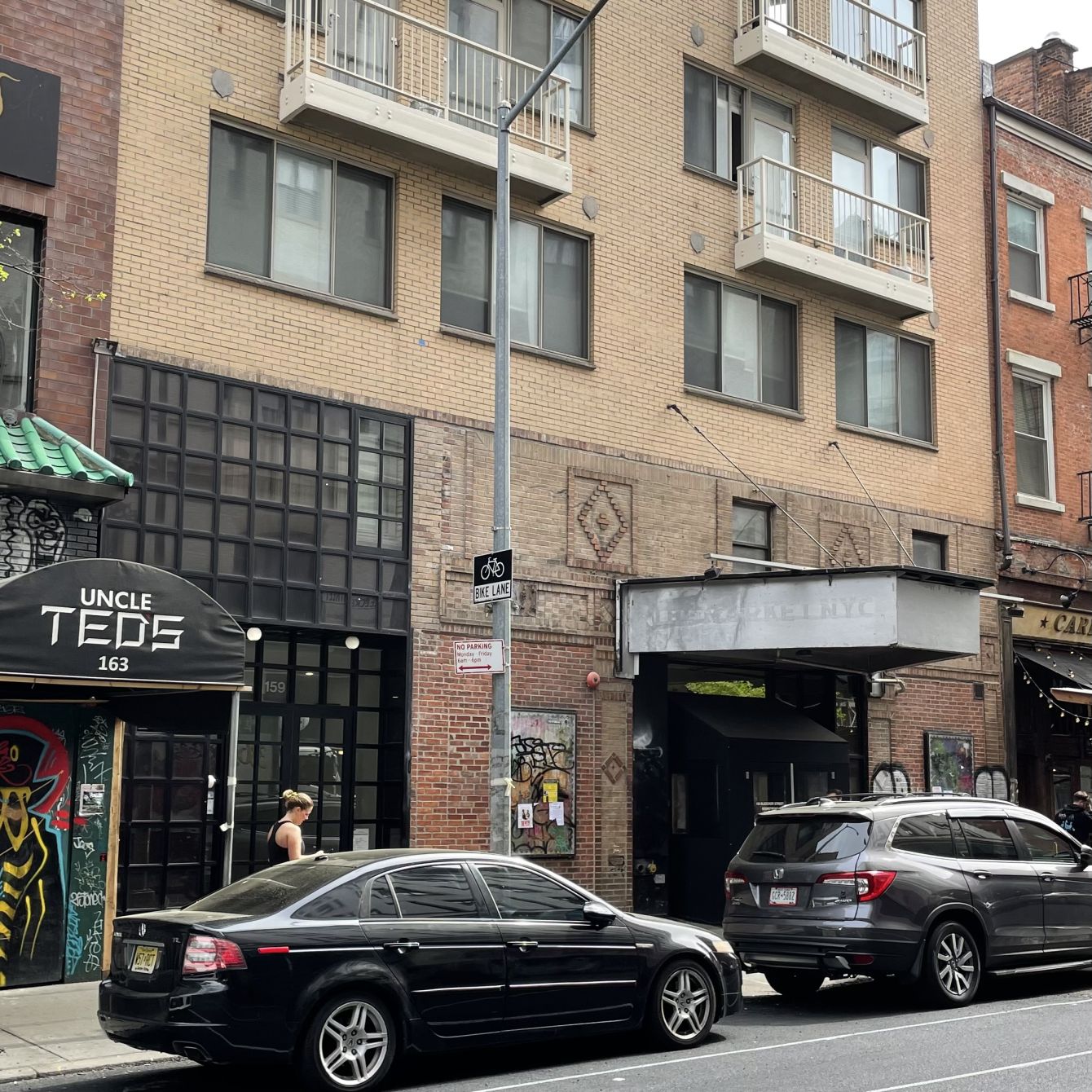
Founding of The League at the Amato Opera Theater
overview
The League, short-lived (1954-56) and virtually unknown today, provided a crucial bridge between New York City’s first LGBT group, the Veterans Benevolent Association (1945-54), and the Mattachine Society of New York (started 1955), one of the most important American homophile organizations of the 1950s and 1960s.
The League was a secret members-only organization with a primary focus on lectures and discussions.
History
The existence of “The League” in 1954-56 is virtually unknown today, but it was the second LGBT group in New York City. The first LGBT group in the city was the Veterans Benevolent Association (VBA), formed in 1945. After thousands of gay and lesbian soldiers participated in World War II, many settled in New York with its large gay community. Four gay men who had received honorable discharges from the military started VBA, partly in response to many veterans getting less-than-honorable discharges because they were gay, and thus being denied the benefits of the G.I. Bill. VBA was officially incorporated in New York State in 1948, making it undoubtedly the first LGBT group in the U.S. to do so. This predates by three years the formation of the first version of the Mattachine Society on the West Coast. VBA sponsored lectures, discussions, and social events, and had a legal advisory panel for members. VBA members began to disagree about appropriate behavior at social gatherings and about the purpose of the group. Some wanted VBA to continue its low profile, while a faction wanted it to become more activist. It disbanded in 1954, and some members went on to form other gay rights groups, including “The League.”
Ed Dakin and Peter Dominick were two of the individuals who were interested in starting another New York organization, such as an unofficial committee of the West Coast’s ONE, Inc. Located in Los Angeles, ONE was one of the earliest American gay rights groups, started in 1952. They contacted Ben Taylor, ONE’s secretary, to have him speak in New York City in June 1954, and ONE sent notices to all those on their mailing list with New York addresses. A young Mike Itkin arranged for the meeting to take place at the Amato Opera Theater on Bleecker Street, which was well attended. The leadership of ONE immediately realized that its views were more radical politically than this fledgling New York group and severed any relationship. The League, as it came to be called, continued independently.
During the group’s two years of existence, there were some 100 members, though only about 20 to 35 were considered active – all men, and mostly professional. Members decided that they wanted the focus to be on discussions and lectures rather than social activities. Similar to VBA, two factions developed concerning the operation of The League – as an active public organization or as a secret members-only organization – with the latter view winning.
The League was recorded as adopting a constitution, electing a board of directors, and issuing a bi-monthly newsletter. Meetings were held twice weekly, for members only, at first in members’ apartments, then in a loft near Spring and Lafayette Streets. Someone, possibly a disaffected former member, alerted the police to the group, which ended up scaring away members in October 1955. The League was disbanded in 1956.
Tony Segura, a League member, realized the need for an open organization and was supported by another member, Sam Morford. On December 10, 1955, a group of gay men met at Sam Morford’s apartment in Greenwich Village to form what became the New York Area Council of the Mattachine Society, Inc. Therefore, while The League was short-lived, it provided a crucial bridge between New York’s first LGBT group and one of the most important American homophile organizations of the 1950s and 1960s.
This building was originally a movie theater built in 1917-18 (called the Luxor by 1928). It became the New Stages Theater (1947-49), an early off-Broadway venue, then Bleecker Street Playhouse (1950), Amato Opera Theater (1951-59), and eventually Circle in the Square Theater (1960-95). A large apartment building was constructed over the former theater c. 2004-07.
Entry by Jay Shockley, project director (June 2022).
NOTE: Names above in bold indicate LGBT people.
Building Information
- Architect or Builder: Samuel Levingson
- Year Built: 1917-18; altered c. 2004-07
Sources
“157-9 Bleecker Street @ Sullivan,” Manhattan theater file cards, historictheatres,org.
Ben Taylor, letter to Jonathan Ned Katz, March 18, 1974, Archives of Sexuality & Gender.
Ben Taylor, letter to Jim Kepner, December 15, 1954, in “69 Years” notes, Archives of Sexuality & Gender.
Edward Sagarin, “Structure and Ideology in an Association of Deviants,” Ph.D. dissertation, New York University, 1966, 74-76.
James T. Sears, Behind the Mask of the Mattachine: The Hal Call Chronicles and the Early Movement for Homosexual Emancipation (New York: Routledge, 2011), 356, 373.
Jim Kepner, Becoming A People… a 4,000 year chronology of gay and lesbian history (Los Angeles: International Gay & Lesbian Archives, June 1994), 66.
Jim Kepner, correspondence with Jonathan Ned Katz, 1974, Archives of Sexuality & Gender.
Jim Kepner, letter to the Mattachine Times, January 21, 1973, Archives of Sexuality & Gender.
Jonathan Ned Katz, Gay American History: Lesbians and Gay Men in the U.S.A. (New York: Thomas Y. Crowell Co., 1976), 637.
“The League,” in Marvin Cutler, edit., Homosexuals Today: a Handbook of Organizations & Publications (Los Angeles: ONE, Inc., 1956), 102-103.
Toby Marotta, The Politics of Homosexuality (Boston: Houghton Mifflin Co., 1981), 12.
Do you have more information about this site?
This project is enriched by your participation! Do you have your own images of this site? Or a story to share? Would you like to suggest a different historic site?
